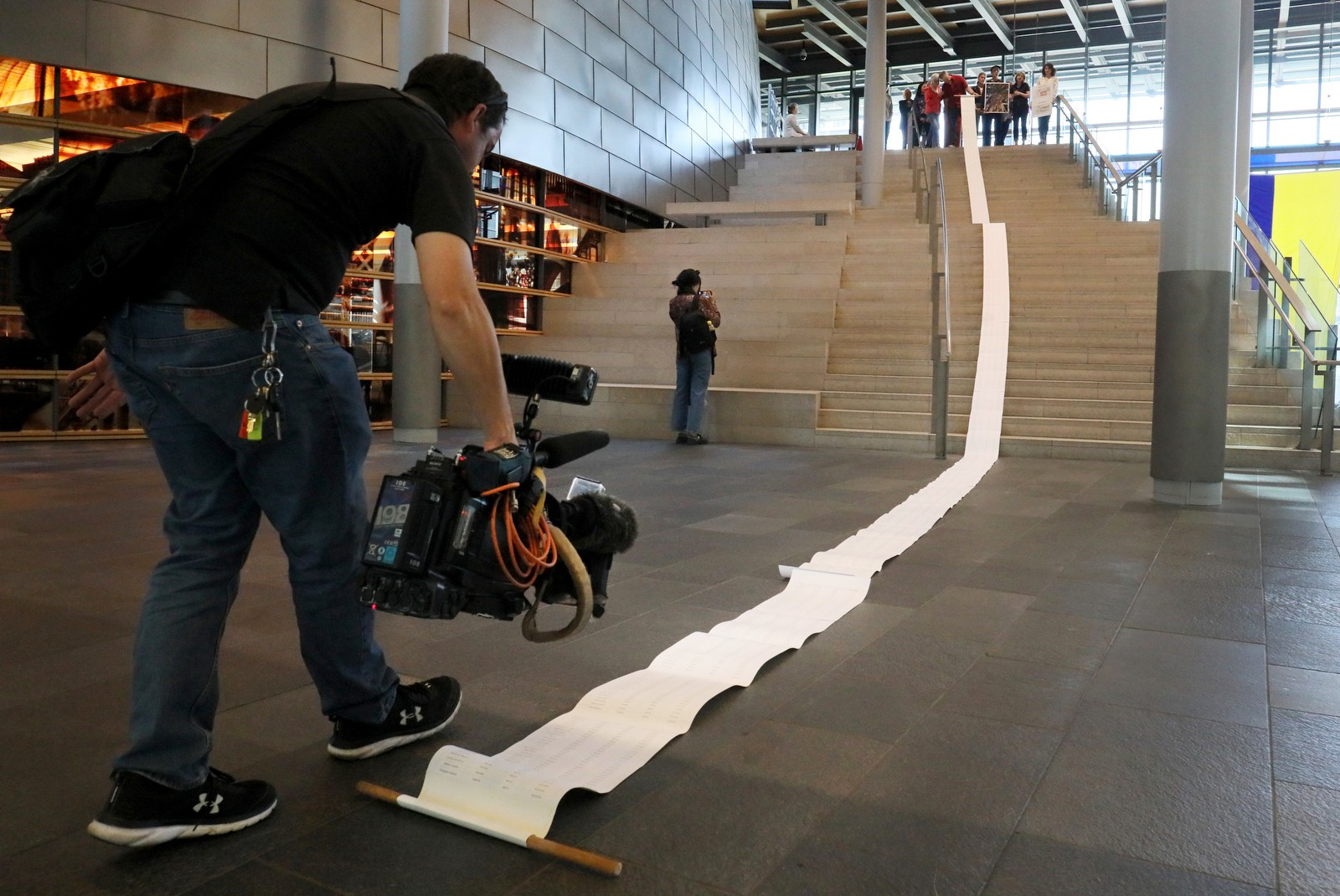
Seattle’s Up to Lose 200+ Acres of Trees
In Frontline Communities
Frontline communities already have the fewest trees. They are about to lose what's left.
Seattle's unhealthiest neighborhoods, with few trees, more pollution, and worse public health are about to get even unhealthier. The city’s new tree ordinance, passed last May, directs developers to clear-cut lots every time new housing is built.
A new report by Birds Connect Seattle (formerly Seattle Audubon) exposes that this legislation will result in the loss of over 200 acres of trees in Environmental Justice Priority Areas (EJPAs).
What are Environmental Justice Priority Areas?
The City of Seattle designates low-income, frontline communities as “Environmental Justice Priority Areas.” Many were historically redlined and are census tracts with Racial and Social Equity Index scores within the two highest quintiles. In other words, these neighborhoods house our most vulnerable residents. People in these communities have lower overall tree canopy cover than whiter and wealthier neighborhoods (2016 Seattle Tree Canopy Assessment) and have experienced higher rates of tree canopy loss in recent years (2021 Seattle Tree Canopy Assessment).
Frontline Communities Can’t Afford These Losses
When the 2023 tree ordinance was adopted, the City stated it would address "inequities in canopy distribution that impact historically underserved communities." Instead, this report’s analysis shows that these neighborhoods will lose over 200 acres of trees permanently, as the few remaining green spaces are covered in buildings and pavement. Communities less able to cope with the consequences of tree loss — by purchasing AC units, or driving to parks — will pay the price with their health.

We Can’t Plant Our Way Out of This
While Seattle greenlights the removal of 200+ acres of trees in EJPA communities, it's counting on tree planting programs to grow canopy coverage in those same neighborhoods.
Seattle’s tree planting programs aren’t at scale to grow our tree canopy; much less offset the removals. New plantings take decades to provide health benefits – while hotter summers, air pollution, and flooding are here right now. Not only that, but the new hardscape allowances from the tree ordinance guarantee that these communities will have less overall green space.



.avif)



.png)